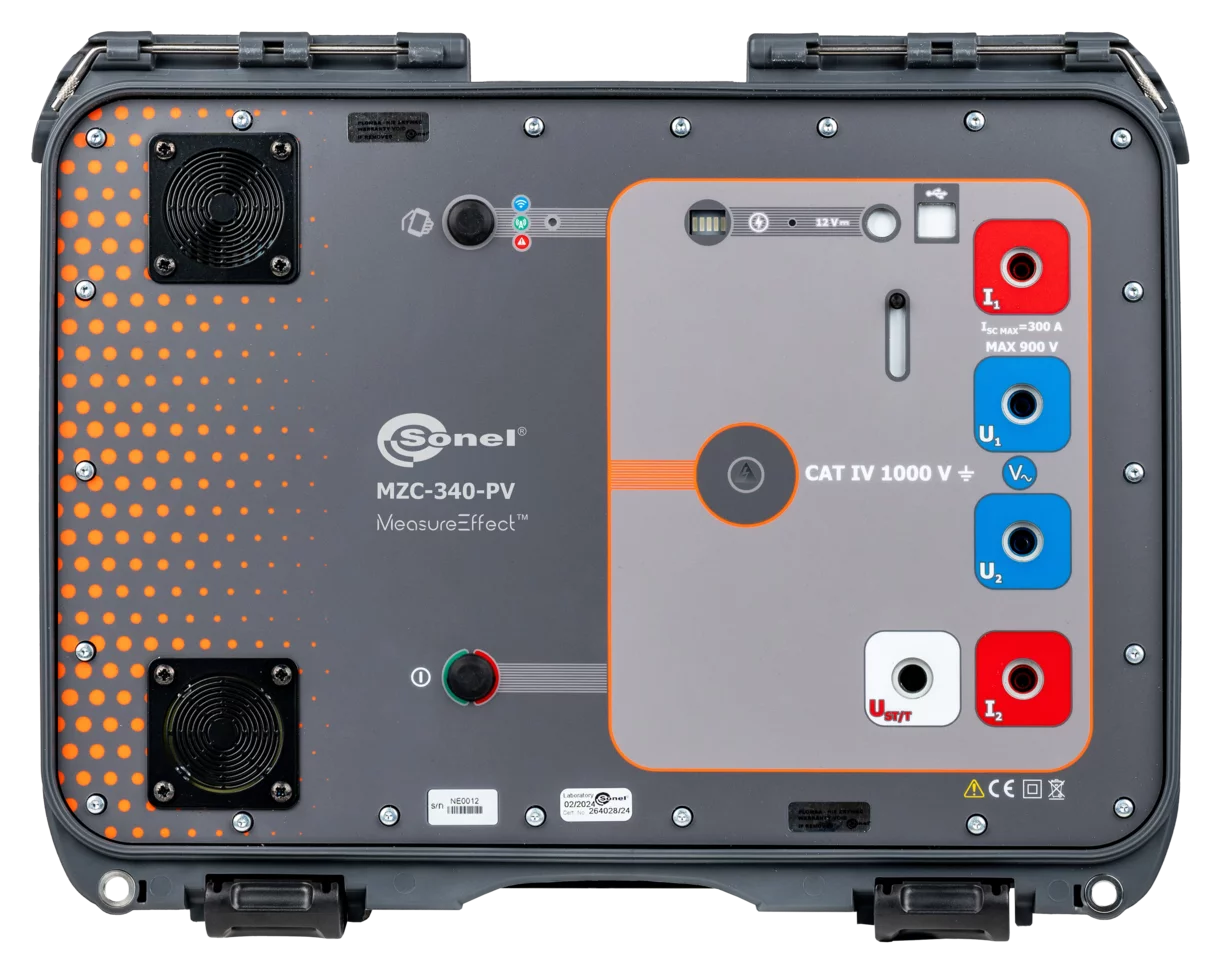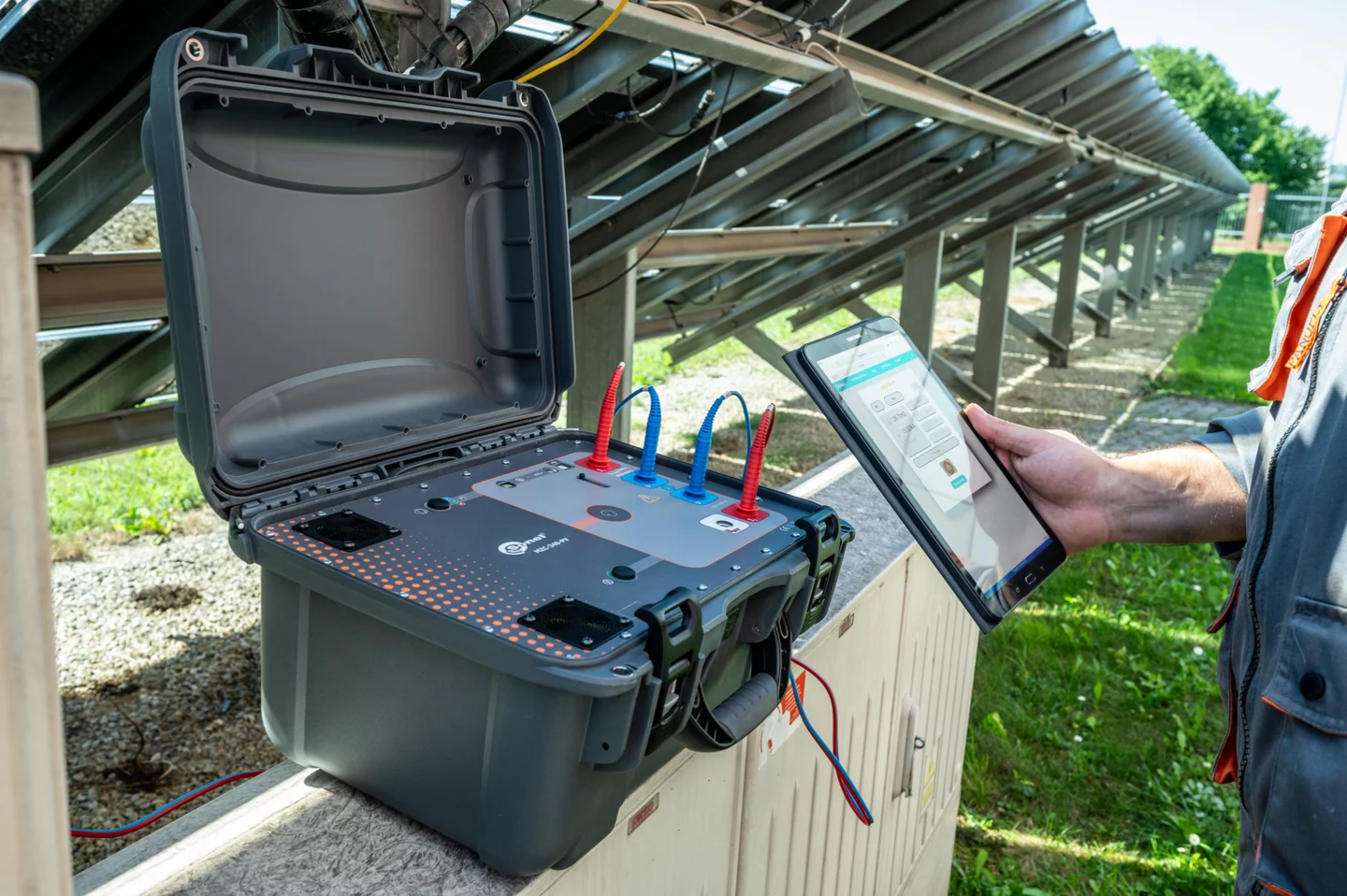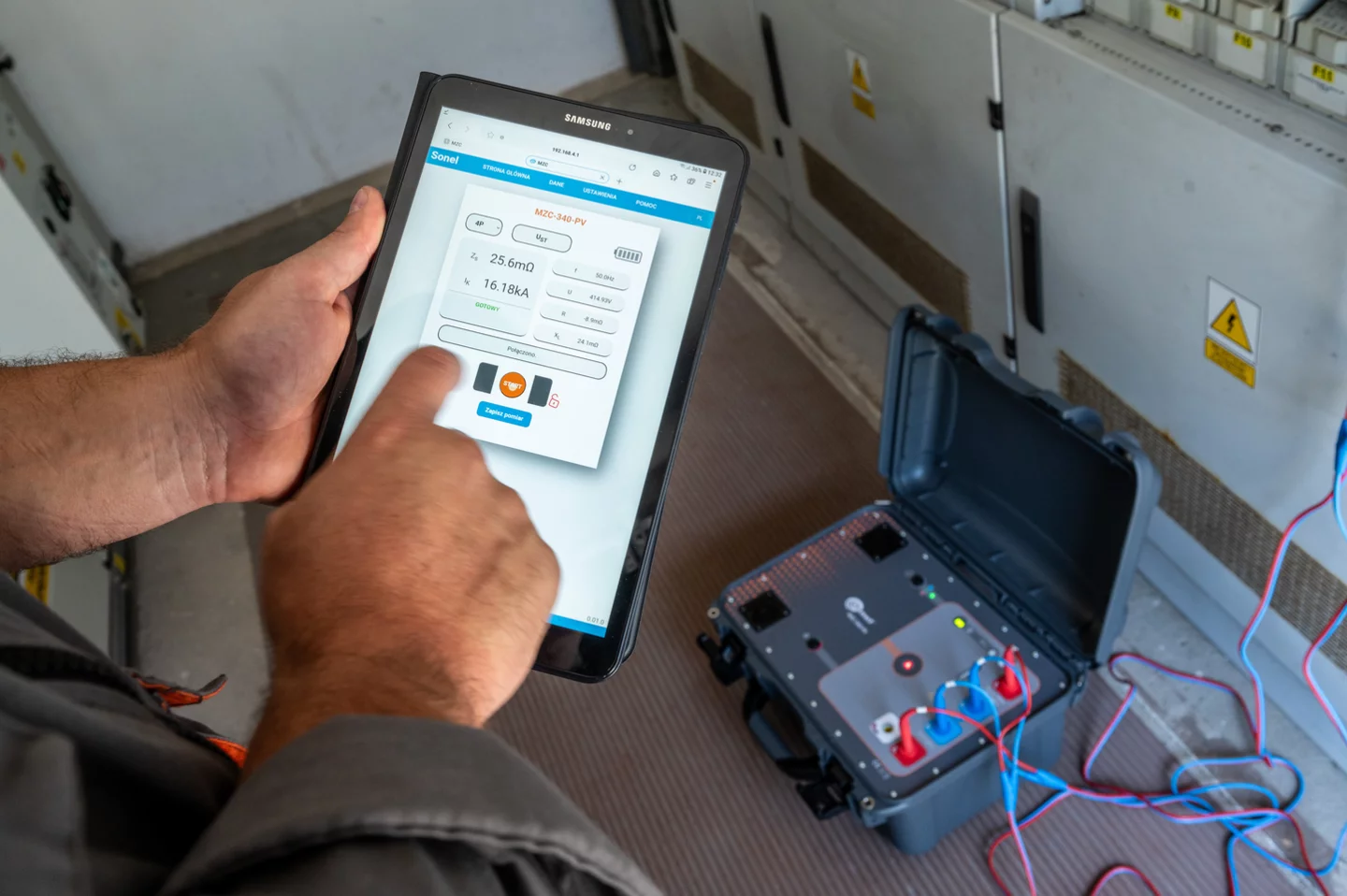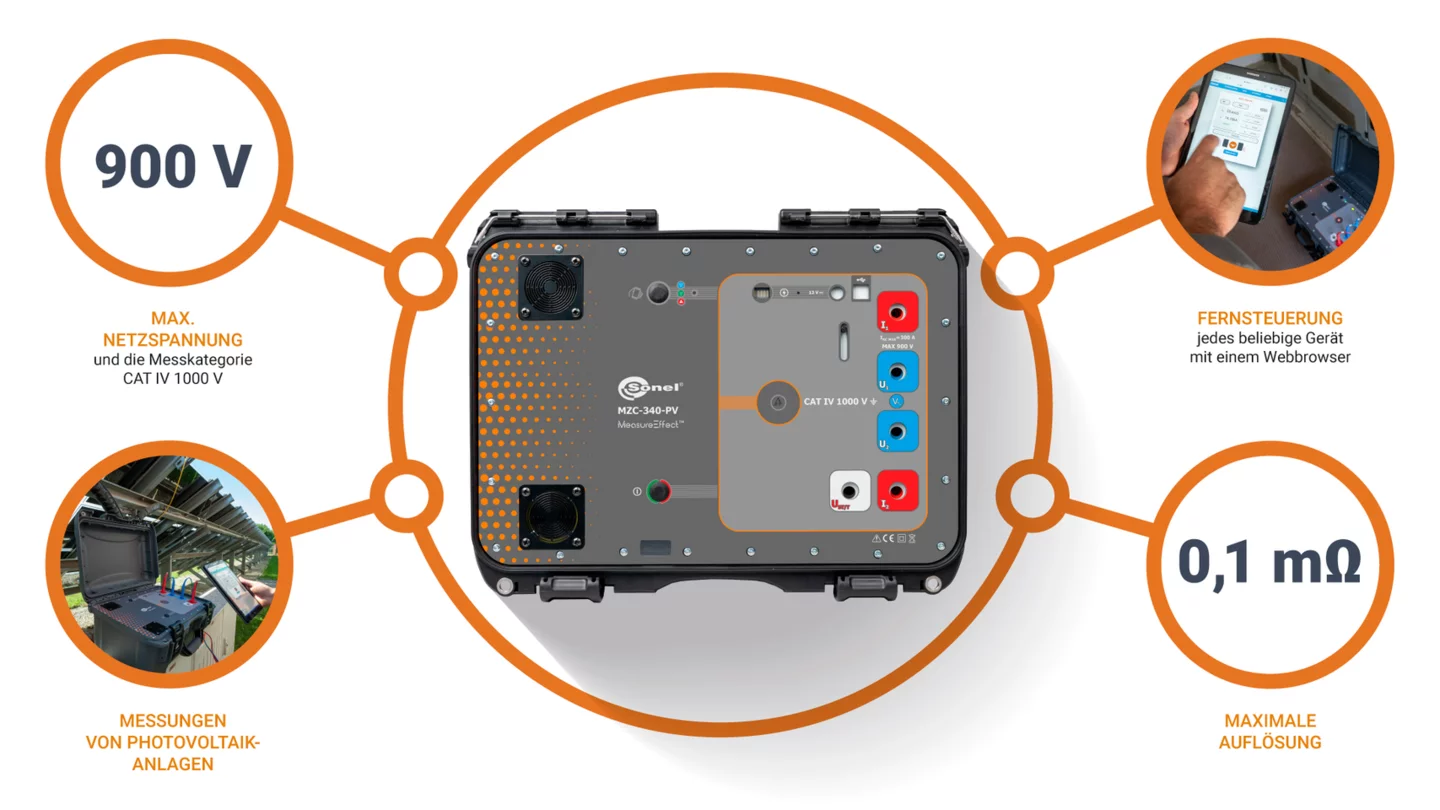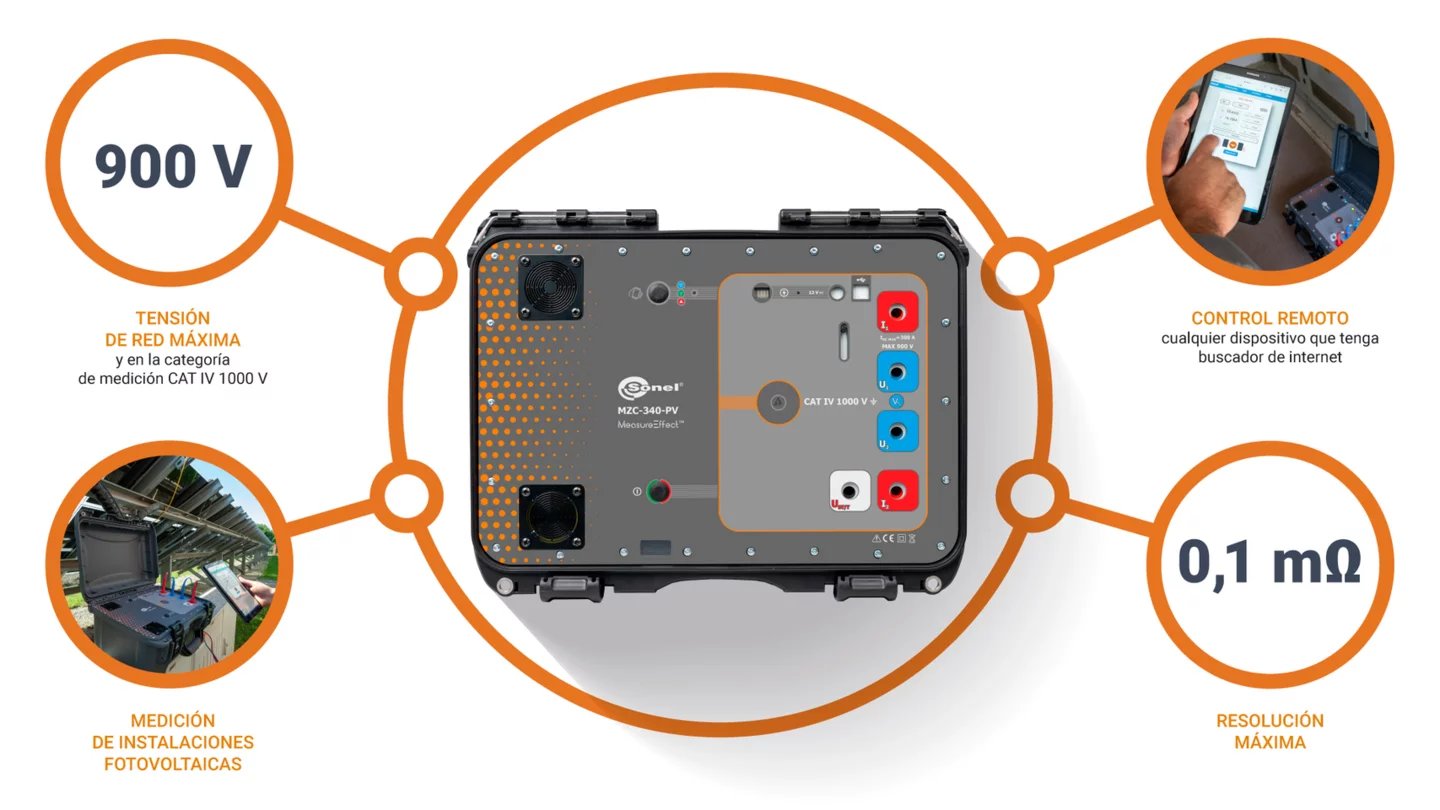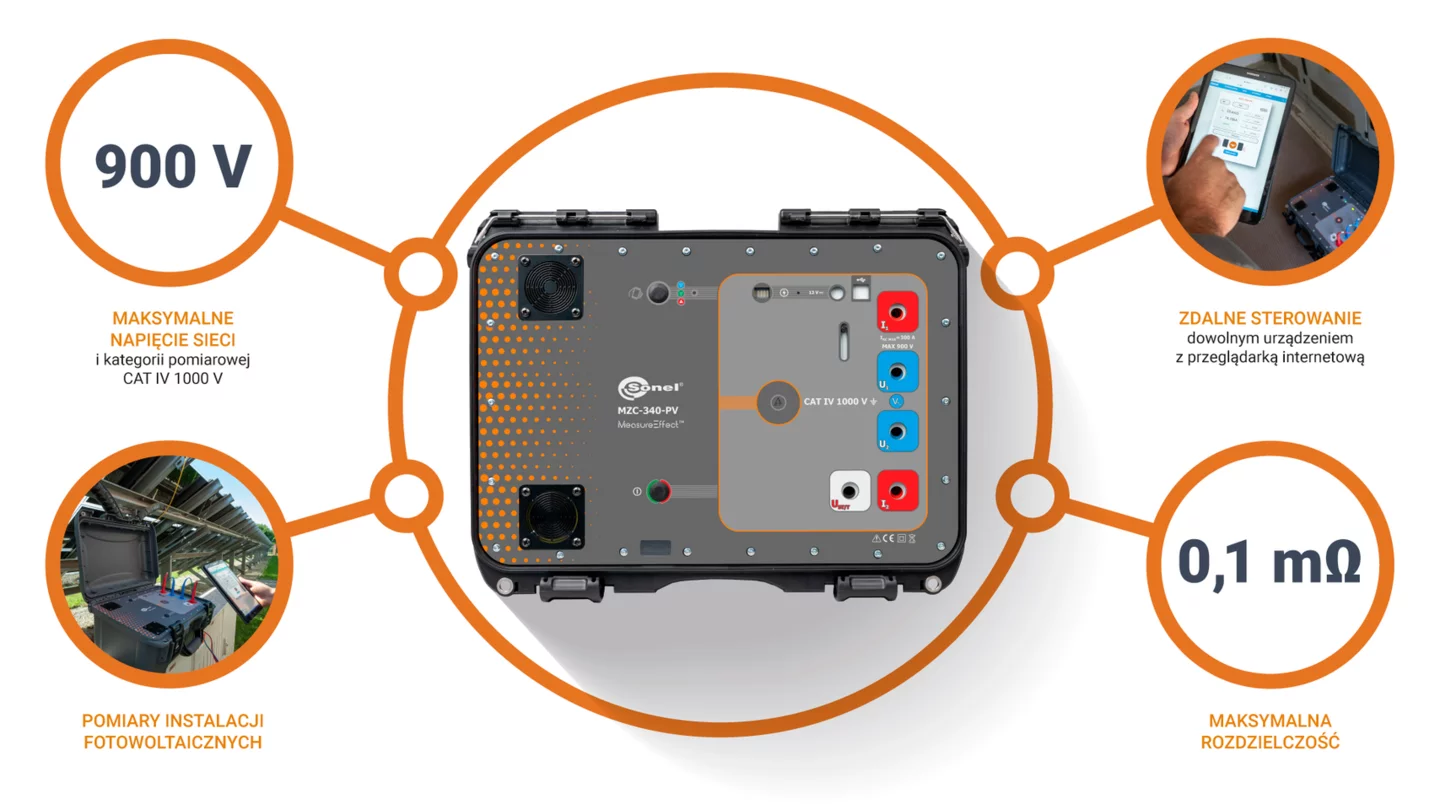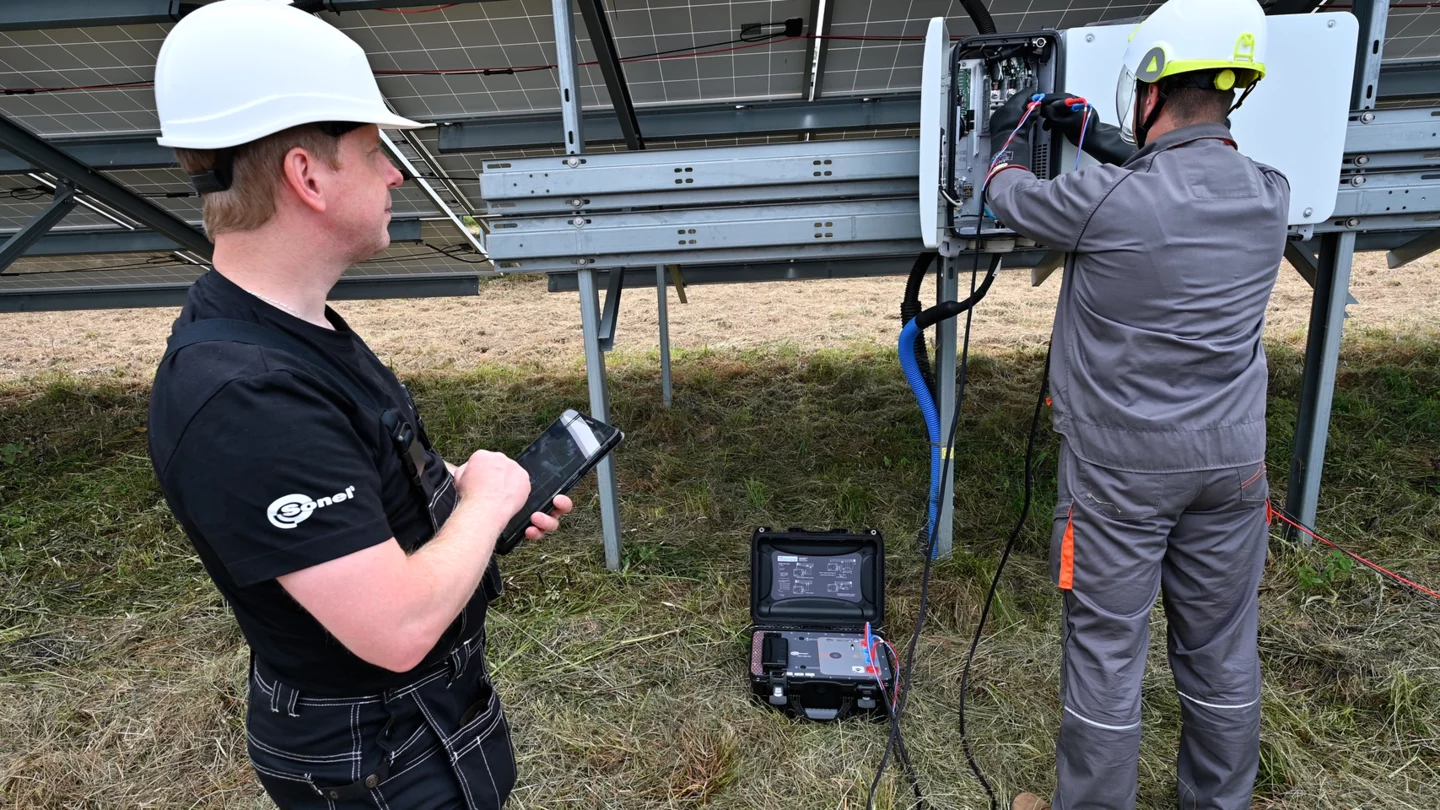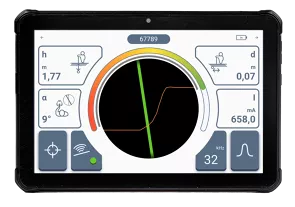Opis
Dane techniczne
Akcesoria w zestawie
Akcesoria dodatkowe
Pliki do pobrania
Zdalne pomiary to maksymalne bezpieczeństwo
Postaw na silnoprądowy miernik impedancji pętli zwarcia Sonel MZC-340-PV na napięcia pracy do 900 V AC w kategorii pomiarowej CAT IV 1000 V, z wydajnym systemem wentylacji dla sprawniejszej i efektywnej pracy, bez konieczności przestojów. Jest sterowany wyłącznie bezprzewodowo.
W przypadku wielokrotnego pomiaru impedancji pętli zwarcia, niektóre urządzenia pomiarowe mogą się blokować. Problem ten nie dotyczy miernika Sonel MZC-340-PV. Aby zapobiec blokowaniu, urządzenie zostało wyposażone w specjalny system wentylacji o wysokiej wydajności, który pozwala znacznie zredukować czas potrzebny na chłodzenie rezystora zwarciowego. Zaawansowany silnoprądowy miernik Sonel MZC-340-PV stanowi odpowiedni wybór dla specjalistów z obszaru energetyki, elektryki, a także z branży instalacyjnej i pomiarowej. Urządzenie łączy w sobie rozbudowane możliwości pomiarowe z dużą wytrzymałością i odpornością na trudne warunki pracy. Specjalnie opracowany system wentylacji przekłada się na większą efektywność i pozwala znacząco skrócić czas pracy.
Możliwości
- Pomiary bardzo małych impedancji pętli zwarcia (z rozdzielczością 0,1 mΩ) prądem 130 A przy 230 V; maksymalnie 305 A przy 550 V AC i 250 A przy 900 V AC.
- Pomiary w sieciach o napięciach znamionowych: 220/380 V, 230/400 V, 240/415 V, 290/500 V, 400/690 V, 460/800 V (od 200 V do 900 V) o częstotliwościach 45...65 Hz.
- Możliwość pomiaru w obwodzie zwarciowym: faza-faza, faza-PE, faza-N.
- Automatyczne rozróżnianie napięcia fazowego i międzyfazowego przy obliczeniach prądu zwarciowego.
- Metoda 4p (czteroprzewodowa), brak konieczności kalibracji przewodów (pomiar maksymalnym prądem do 305 A).
- Pomiar i wyświetlanie składowych impedancji pętli zwarcia: rezystancji RS i reaktancji XS.
Cechy dodatkowe
- Zdalne sterowanie.
- Pomiar spodziewanego napięcia dotykowego lub napięcia dotykowego rażeniowego (z rezystorem 1 kΩ).
- Pomiar napięć przemiennych 0...900 V.
- Pomiar częstotliwości 45,0...65,0 Hz.
- Pamięć 990 wyników, transmisja danych przez USB i Wi-Fi.
- Zasilanie akumulatorowe.
Zmierzyć się z wyzwaniem
Budując średniej i dużej wielkości farmy fotowoltaiczne, projektanci, kierując się zapewnieniem jak najwyższego uzysku energii, a tym samym maksymalnego zwrotu nakładów inwestycyjnych, dobierają inwertery z napięciem 1500 V DC / 800 V AC. Testowanie takiego systemu musi dotyczyć zarówno strony AC, jak i DC systemu PV. Testy wszystkich obwodów AC należy wykonać zgodnie z wymaganiami normy IEC 60364-6.
Napięcie wyjściowe na poziomie 800 V AC, które w rzeczywistych warunkach często przekracza tę wartość, stwarza ogromny problem dla firm wykonawczych oraz serwisujących, gdyż dla tak wysokich napięć na rynku brakuje urządzeń pozwalających sprawdzić instalację pod kątem spełnienia warunków ochrony przeciwporażeniowej w zakresie pomiaru impedancji pętli zwarcia.
Firma Sonel jako pierwsza na świecie podjęła się wyzwania stworzenia miernika impedancji pętli zwarcia na napięcia pracy do 900 V AC i kategorii pomiarowej CAT IV 1000 V. Tak powstał miernik Sonel MZC-340-PV.
Lider nie idzie na skróty
Energia wydzielana przy napięciu sieciowym na poziomie 800-900 V AC może stanowić zagrożenie dla personelu wykonującego pomiary. Dlatego MZC-340-PV jest sterowany wyłącznie bezprzewodowo.
Zastosowanie
Przyrząd znajduje zastosowanie w pomiarach sieci o napięciu do 900 V AC, gdzie spodziewany prąd zwarciowy może sięgnąć ponad 100 kA według normy PN-EN 61557.
Te parametry czynią miernik idealnymi do badań kontrolno-pomiarowych na farmach wiatrowych, szybkiej kolei czy w obiektach podlegających lub stanowiących własność zakładów energetycznych.
Praca zdalna zawsze na topie
Przyrządem można zdalnie sterować - wystarczy, że miernik będzie zalogowany do tej samej sieci Wi-Fi, co urządzenie sterujące, czyli dowolne urządzenie z przeglądarką internetową. Po wywołaniu w przeglądarce wirtualnego panelu operatorskiego użytkownik będzie w stanie uruchomić pomiar z wygodnego dla siebie dystansu, a następnie odczytać wyniki.
Tą samą drogą uzyska dostęp do zapisanych w pamięci wyników pomiarów. Co ważne, będzie mógł je pobrać również w sposób klasyczny, czyli przez łącze USB.
